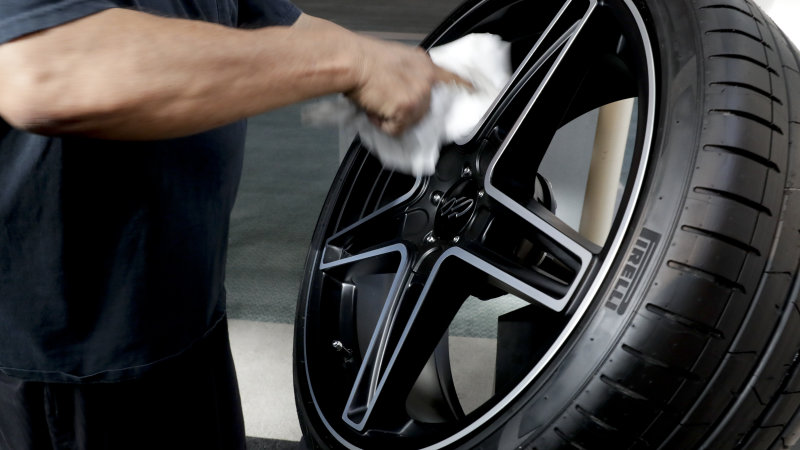MILAN – When the coronavirus pandemic forced Italian tire maker Pirelli to temporarily close its factories in March, R&D chief Pierangelo Misani had to rethink quickly.
With a new line of products due to be released early next year at the latest, Misani mixed up engineers and IT teams to get more research and development online so that blocked engineers could test materials and tires virtually.
The pandemic has disrupted production and sales for tire manufacturers worldwide – Pirelli’s sales fell by a third in the first six months of 2020 – and it had to keep new tire development on track for an expected sales rebound next year.
“There are times of crisis, like COVID, when you need to reform and make yourself more efficient, and that’s what we’re doing,” Misani told Reuters.
Pirelli has 19 factories in 12 countries and is the only major manufacturer operating exclusively in the consumer tire market, supplying high-quality automotive, motorcycle and bicycle tires, as well as Formula 1 racing cars.
Like companies in the automotive industry, Pirelli has been going digital for years because cheaper computing power and advanced software programs enabled virtual engineering.
But it also continues to road test a number of factors where it is even better to do that in a physical environment.
As part of its digital drive, Pirelli had recruited younger IT workers – engineers with varying skills, able to match vehicle dynamics and modeling know-how while costly road tests are slowly giving way to virtual tests.
“Changing the technical profile is the biggest challenge for the automotive industry,” said Misani.
Wrap-around screen
In recent years, the company headquartered in Milan in Northern Italy has spent an average of more than 6% of its so-called high-performance tires sales on R&D, one of the highest levels among rivals.
While some tests, such as noise and aquaplaning, can be performed reliably with full simulation, others, such as tire endurance, still need to be physically adjusted during extended road tests to check things like handling and driveability.
But because the lockdown made it impossible to drive cars for thousands of miles, Misani’s team needed solutions. So he turned to his new tire development simulator unveiled at the beginning of this year, which grew out of years of virtual work in Formula 1.
The system uses a 210 degree panoramic screen around a static car that is wired to display the sensations that any driver would feel in a real car: the seat, steering wheel, seat belts and vibration system.
It reduces lead times by 30% and the number of physical prototypes required.
While the lockdown continued, Misani’s team ramped up external drives and developed a series of “offline” simulations. This allowed engineers to run some tests on their home PCs that were connected to the Pirelli server, where the computer programs are run.
“What surprised us was the speed and acceleration of the whole thing. If we used to have 70% simulation, now we are suddenly 80%,” Misani said. “And it will grow.”
Ready to launch
Misani said the best results have been achieved in the aftermarket, where it is planned to launch three new product lines by early 2021 – an ultra-high performance summer tire, an all-season tire and a winter tire.
“The epidemic has prompted us to develop tools to boost simulation and modeling and we will be ready for launch in good time,” Misani said.
Things are a bit slower in the so-called original equipment sector, where the company sells directly to car manufacturers because it is tied to the development times for the cars themselves.
“There has been some delay, although it is not as bad as we thought, as car manufacturers have also tried to upgrade their IT platforms during this time,” he said.
Pirelli has development centers around the world in Germany, South America, the United States and China. It also has testing facilities in its factories.
By going virtual, you don’t have to pay for physical test environments, but some of the savings are then reinvested in new tools, software licenses and IT infrastructure.
But Misani says thwarting simulator programming and virtual testing will help save and, more importantly, speed up the time it takes to develop and market products.
“What we are doing is not streamlining or legalizing R&D – we are reshaping it.”
Related video:
